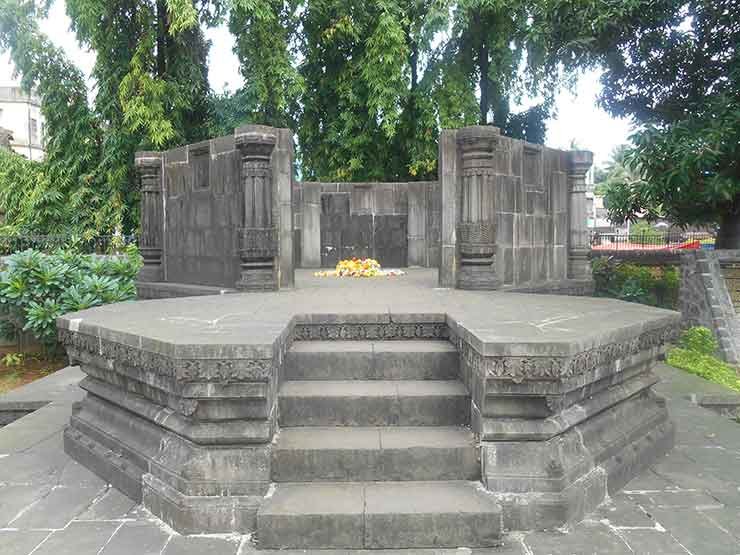
Kanhoji Angre (1667–1729) was the first notable chief of the Maratha Navy and popularly known as ‘Samudratla Shivaji’ (Shivaji of the seas). He occupies a unique position in India’s history as he was a terror to the maritime powers of the western coast for four decades. He led his sailors from victory after victory, boosting the maritime power of Maharashtra to an unprecedented height.
He founded a dynasty in the late 1690s that became the main obstacle to the rise of the British East India Company as a hegemonic power in the Bombay region. The company tried to suppress the maritime depredations for more than 50 years but to no avail.
The Marathas were said to be the first to employ a navy in the region. As the saying goes, ‘Shivaji Maharaj carried the capital of his empire on the high seas.’
Kanhoji was a terror for all the European trading companies active in India in the 17th and 18th centuries. The fishermen community on the western coast, which knew the sea-coast thoroughly for being born seamen, provided excellent material support to the Maratha navy.
Kanhoji stands as a prominent figure that fought successfully against three European and several local powers for over half a century. As a result, he became a defender of indigenous sovereignty and was adopted as an early figure of resistance to the colonial incursion.
Grand Admiral
Kanhoji Angre, also known as Conajee Angria or Sarkhel Angré was Sar Subhedar or Grand Admiral of the Maratha Navy. He was noted for attacking and capturing European merchant ships and collecting ‘jakat’ known to locals as tax but seen by the Europeans as ransoming their crews.
British, Dutch and Portuguese ships were often victims of these raids. Despite attempts by the Portuguese and British to put an end to Kanhoji’s privateering activities, he continued to capture and collect jakat from the European merchant ships until his death in 1729. Kanhoji’s naval prowess in capturing dozens of European trading ships and avoiding arrest has led to many historians to appraise Kanhoji as the most skilled Indian admiral in the maritime history of the country.
Kanhoji was born on the fort Suvarnadurg, near Ratnagari in 1667. His surname Angre is derived from Angarwadi. His family’s original name was Sankpal, and the family members before Kanhoji were known as Sankpals. Kanhoji grew up among Koli sailors and learned seamanship from them. His mother was Ambabai and his father Tukoji served at Suvarnadurg under Shivaji with a command of 200 posts.

Little is known about Kanhoji’s early life except that he was involved in daring exploits at sea with his father. He spent much of his childhood in the Suvarnadurg Fort, where he would later become the governor. He began his career by attacking merchant ships of the East India Company and slowly gained respect from all the European powers.
When Maratha Chhatrapati Shahu ascended the leadership of the Maratha Empire, he appointed Balaji Viswanath Bhat as his Senakarta (commander) and negotiated an agreement with Kanhoji around 1707. This was partly to appease him for his support to the other ruler Tarabai, who claimed the Maratha throne. As per the agreement, Kanhoji was appointed the head of the Maratha Navy.
When the Maratha empire was weak, Kanhoji became more and more independent and in 1713, an army was sent under Peshwa Bahiroji Pingale to control Kanhoji, but he defeated Bahiroji Pingale and held him as his prisoner. Kanhoji planned to march to Satara where Chhatrapati Shahu was acting as the head of state. But Kanhoji was urged to appear for negotiations, after which he was confirmed as Admiral (Sarkhel) of the entire fleet
Kanhoji employed Europeans, generally Dutch, to command his best vessels. He also employed a Jamaican pirate named James Plantain and entrusted him with significant responsibilities such as the chief gunner’s post.
– The writer is a senior journalist and media consultant. The views expressed are of the writer and do not necessarily reflect the views of Raksha Anirveda








